Over the last few years, I’ve appreciated the fact that Capcom seems intent on bringing its classics to modern platforms. They’ve released several Mega Man bundles, the excellent Street Fighter Anniversary Collection, and the top-heavy, but still solid, Beat ‘Em Up Bundle. Most of the games included in these compilations have held up well, and deserved to be discovered by modern audiences. For their latest set, Capcom Fighting Collection, the publisher is really digging into their fighting game back catalog for a smattering of games that have been buried for too long.
If there’s a star to be named in the Capcom Fighting Collection, it’s obviously Darkstalkers. A fan-favorite fighter since its debut back in 1994, the series has remained locked away despite the pleas of its passionate fan base. While this isn’t the new iteration most wanted, the set does come with all five arcade releases for the series, including two which were previously exclusive to Japan. The other main attraction for the release would be Red Earth, which comes to home consoles for the first time with its inclusion here. Also, packed into this collection is Cyberbots: Full Metal Madness, Hyper Street Fighter II: The Anniversary Edition, Super Puzzle Fighter II Turbo, and Super Gem Fighter Mini Mix. All in all, it’s a varied set of titles that cover Capcom’s wide slate of fighters.
As the focal point of the set, it only makes sense to begin with Darkstalkers. While it may not have the pull of Street Fighter, the first entry in the series, The Night Warriors, is a sneaky influential title, having introduced mechanics such as air blocking and chain combos that have since become mainstays of the genre. Despite that, the title is perhaps best known for the debut of popular characters such as Felicia, Morrigan, and Demitri, who have since gone on to be featured in Capcom’s popular cross-over fighters. Playing through The Night Warriors, it’s easy to see why it grew to have the cult fan base it does. The variations on popular monster movie icons and its unconventional style still stand out in the genre even today.
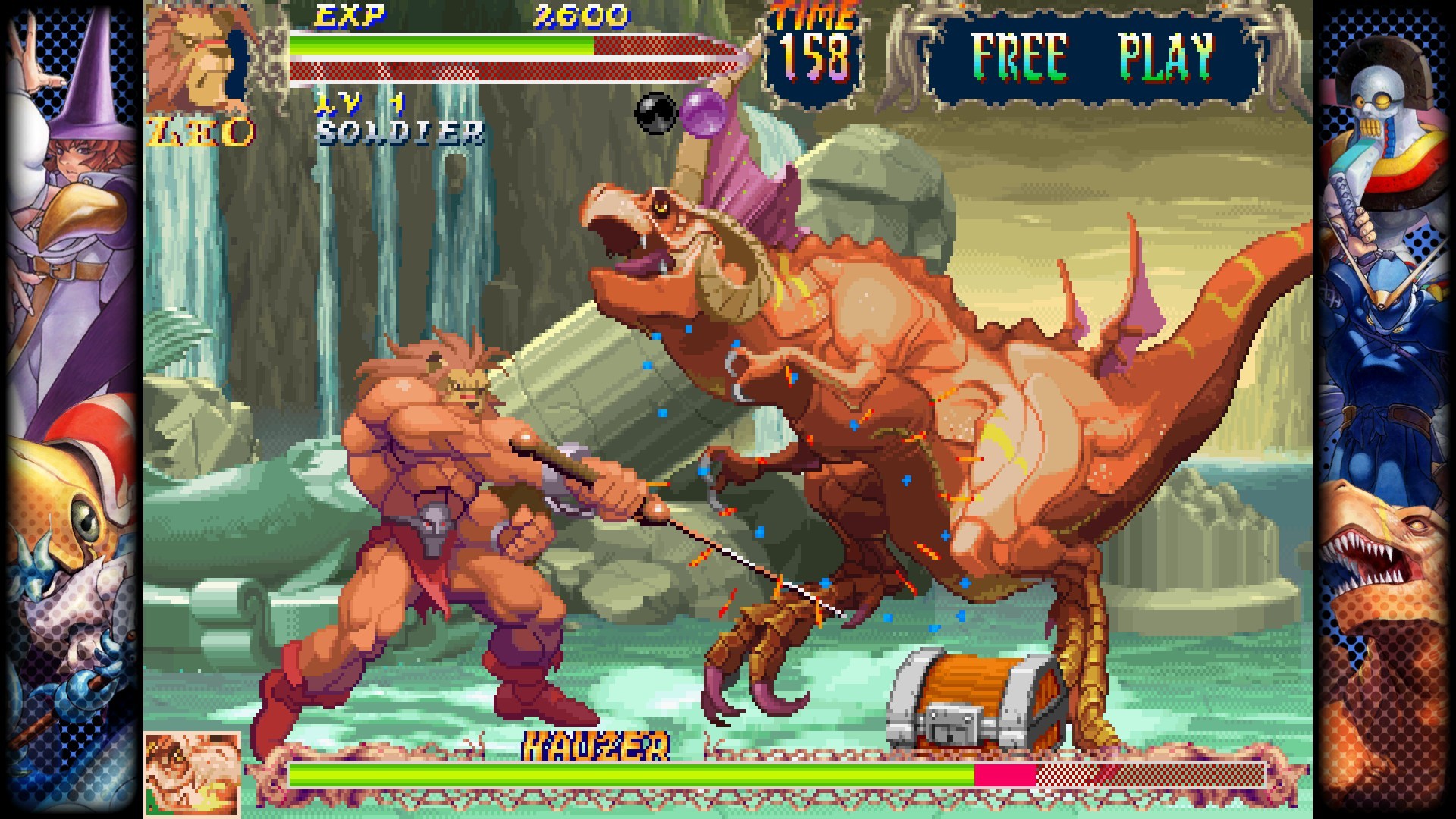
Night Warriors: Darkstalkers’ Revenge came out just a year after The Night Warriors, and it feels like an appropriate evolution of the title. The big gameplay change for this entry was the ability to stock-pile energy into your Special gauge. If you have a full gauge, you can unleash an EX Special, but if you only have it partially filled, using an ES Special is a solid consolation prize. The sequel also introduces a pair of new fighters (Donovan and Hsien-Ko), as well as the option to select the two bosses from the first game. For me, this is the most enjoyable entry in the series. I’m not a fan of some of the changes the next sequel introduces, and I feel that the roster here is as perfectly balanced as it gets. The fantastic personality of the series is still alive here, but it’s not as overwhelming as it is in the follow-up.
The third, and the last entirely original entry would come two years later in the form of Vampire Savior. Once again, the roster has received some minor adjustments, as Donovan, Pyron, and Huitzil are dumped in favor of some new faces. All four new additions (B.B, Hood, Jedah, Lilith, and Q-Bee) have been well received, and are interesting additions to the series. There are two major gameplay changes introduced here. The Damage Gauge System gives players two life bars to use but brings the action down to a single round. The Dark Force System is the other new mechanic, and it basically boils down to a system where players can activate it and have certain unique abilities to use. Despite the fact that I like the four new characters, these two additions are what bring down the title in my eyes. The Dark Force System is haphazardly implemented, and I prefer the traditional round-based style of a match to the single style used by the Damage Gauge System. It’s still a well-made fighter with excellent sprite work, but it would have benefited from scaling back the new features.
The final two Darkstalkers entries included in Capcom Fighting Collection are just minor tweaks to Vampire Savior. Vampire Savior 2 keeps all of the new characters added in the first Savior, but adds Donovan, Huitzil, and Pyron back in. To make room for those entries, though, the title removes series stalwarts Jon Talbain, Rikuo, and Sasquatch. Meanwhile, Vampire Hunter 2 only features the cast from Night Warriors. These were both previously exclusive to Japan, and cannot be played in English. It’s a nice bonus to have them included in the set, but I wouldn’t have been mad if they had missed the cut. Switching around the roster isn’t going to change my feelings about the mechanics used for both updates.
Although I was excited to play some Darkstalkers, what really intrigued me about this release was the presence of Red Earth. As mentioned before, this is the first time that it has come to a home console, and I never had a chance to play the arcade version. Unlike other major fighting games, the Quest Mode doesn’t follow the traditional setup of having you battle through the other members of the playable roster. Instead, you face off with a variety of mythological creatures, while accumulating experience along the way, letting you raise the level of your chosen character, which can unlock new moves and boost stats. It also differentiates itself from other titles in this compilation by including fatalities and multiple endings for each character depending on what choices you make during the events of the campaign.
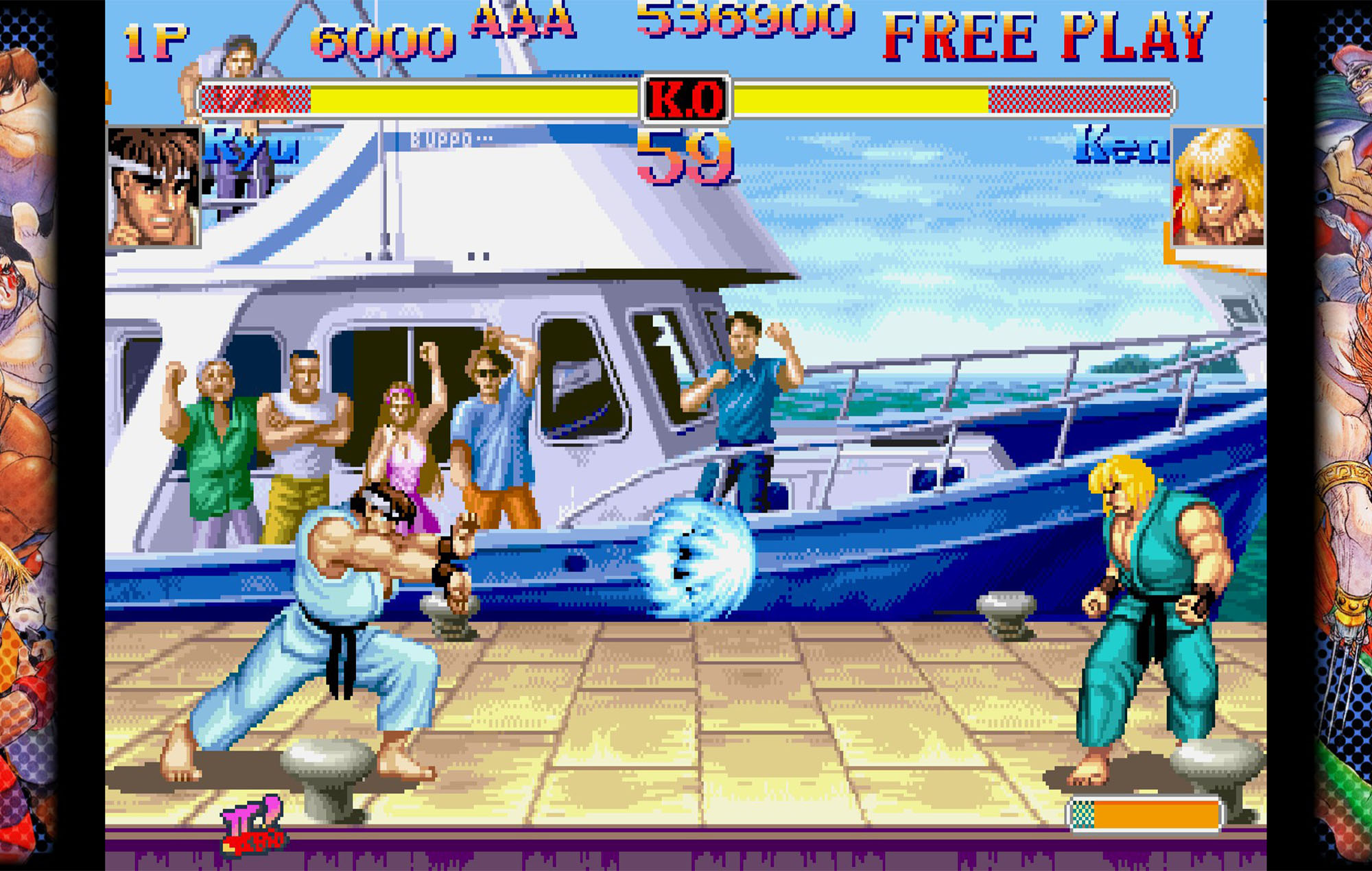
Playing Red Earth, it’s not difficult to see why it may have flopped in the arcades. It has a limited roster of playable characters, and the single-player mode seems like a tough fit for the platform. With its leveling system and multiple endings, Quest Mode plays a lot better at home when you don’t need to worry about pumping coins into a machine. The game still feels rather unique, though. A cross between an RPG and a fighter would be an apt description. Like with Darkstalkers, I also love its personality. The heroes and monsters designed by Capcom are fantastic, and the sprite work is on point. It’s a gem of a fighter, and I’m glad that I finally got the chance to play it.
The other oddity in the set would be Cyberbots, which is actually an off-shoot of beat ’em up Armored Warriors. You have six different pilots to choose from, but also twelve different mechs to select from. Each mech has a different set of legs, arms, and weapons that determine what your movement, reach and weapon options are. With that amount of customization available, it’s easy to find a mech that suits your given style of fighting. Cyberbots also features a satisfying story mode, with each playable character getting their own unique variation on the main plot. It can be a chore to play through arcade mode with multiple characters sometimes, but the narrative changes with each pilot made it easy to do so here.
Finally, Capcom Fighting Collection turns focus to the king for a trio of Street Fighter-focused titles. Of the three, Super Puzzle Fighter II would be the most unique. A variation of Puyo Puyo, the title has you matching gems together in order to defeat your opponent. The better combos you produce, the more junk you’ll dump onto your opponent’s puzzle board. It’s a perfectly fun little puzzler, but also one we have seen numerous times before. It was remade back in 2007, and this style of puzzle combat has been aped by countless others in the years since. Still, tough to deny that the chibi versions of Street Fighter and Darkstalkers characters aren’t adorable.
If you want the chibi-designed characters, but don’t like puzzle games, then Super Gem Fighter Mini Mix should be right up your alley. The core gameplay is pretty similar to your basic fighter, but the title does add in the gems from Puzzle Fighter as well. Collecting gems that pop up on-screen allows you to power up your character, which in turn lets you unleash a super move. There’s a solid fighting game here, but nothing it does truly stands out from other similar titles. It’s a game that is more or less carried by its art style and personality.
Rounding out the package is Hyper Street Fighter II: The Anniversary Edition. A surprising omission from the 30th Anniversary Collection, this iteration of the iconic Street Fighter II crams together all of the different variations into one package. From the character select menu, players have the option to select from five different versions of the fighters: Normal, Champ, Turbo, Super, and Super T. These variations are based on the numerous updates Capcom released when the game was at peak popularity. I wouldn’t classify it as the best version of SF2, especially when playing against the brutal A.I., but it’s nice to have the title on current consoles.
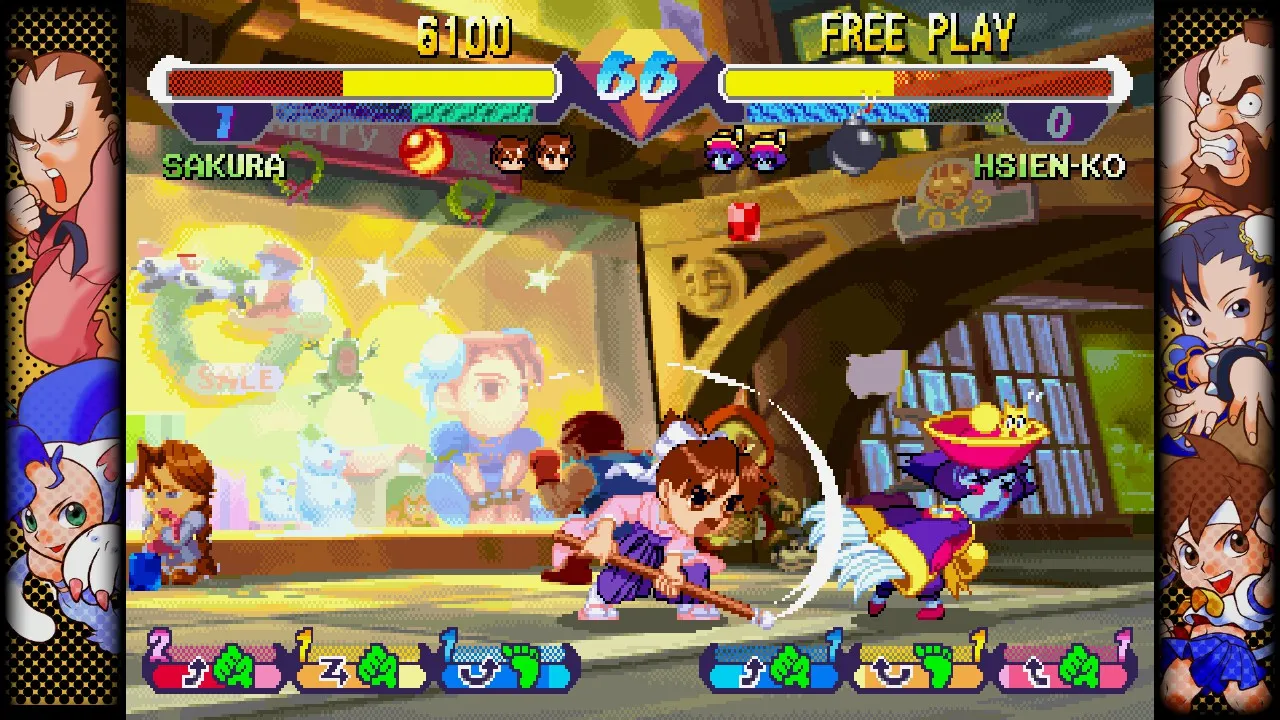
Outside of the titles included, Capcom Fighting Collection includes a plethora of bonus goodies. You can enable a handful of visual filters that lend each game a more retro look, and you can choose to play both the Japanese and English versions of the titles. The Fighting Challenges menu showcases a handful of fun tasks for you to complete. It can be something as simple as completing a game’s arcade more or something a little more challenging like nailing a tough combo in Cyberbots. Finally, there’s a vast collection of artwork and design documents housed in the Museum. There’s a ton of cool content in here, such as original designs for characters and frames of specific animations.
Rollback netcode is thankfully included in the compilation, and I can say that in my limited time online, my experience has been great. If the netcode on a fighting game is abysmal, then there’s almost no chance it gains popularity — it’s an absolute necessity in today’s gaming climate, and it’s great that Capcom nailed that. I will say, though, that it is disappointing that the collection does not support cross-platform play. This would have provided it with a robust player base, and I hope it’s not a decision that eventually leads to an issue with finding matches.
It may lack the name brands of other recent compilations, but Capcom Fighting Collection is up there with the best of the publisher’s output. Darkstalkers, with its fun mechanics and outlandish personality, is a franchise that deserves to find a wider audience. Could they have probably swapped out the two Japanese-only releases for something more substantial? Sure, but if nothing else, the whole franchise is represented here. Cyberbots and Red Earth are two examples of Capcom’s 1990’s creative highpoint. And while Super Puzzle Fighter II Turbo, Super Gem Fighter Mini Mix, and Hyper Street Fighter II may not be the most exciting additions, all three are still greatly enjoyable. There’s plenty of content here to discover and love, and I continue to look forward to other re-releases by the studio.
This review was based on the PlayStation 4 version of the game. A copy was provided by Capcom for review.


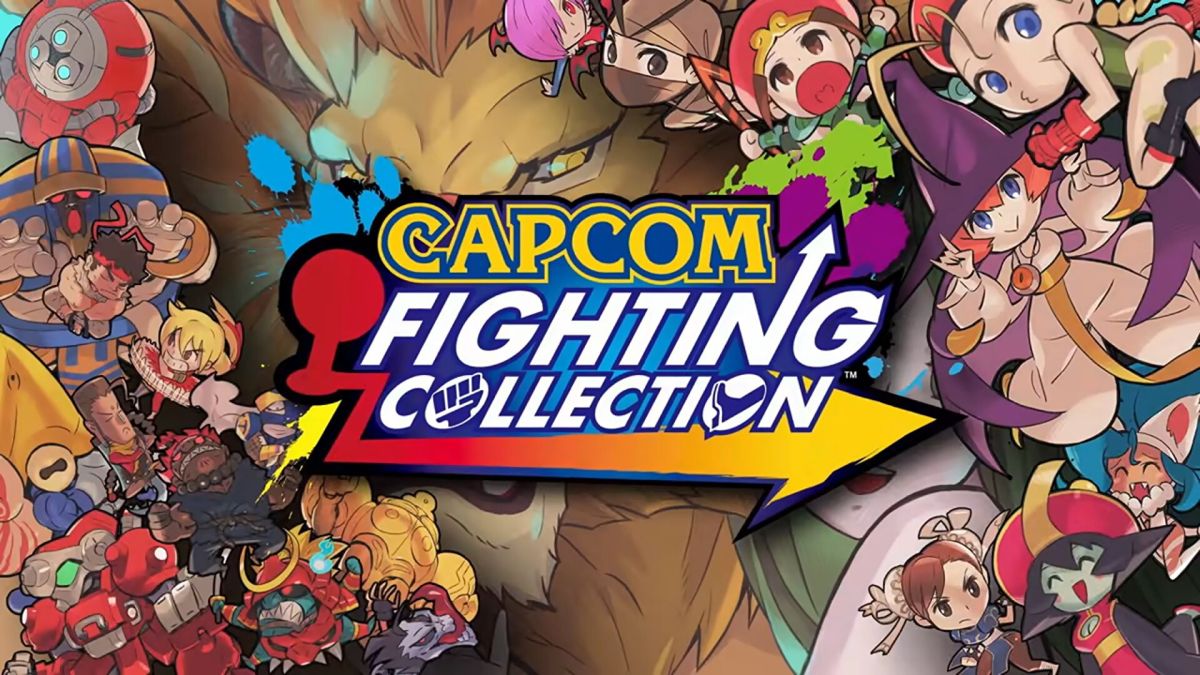
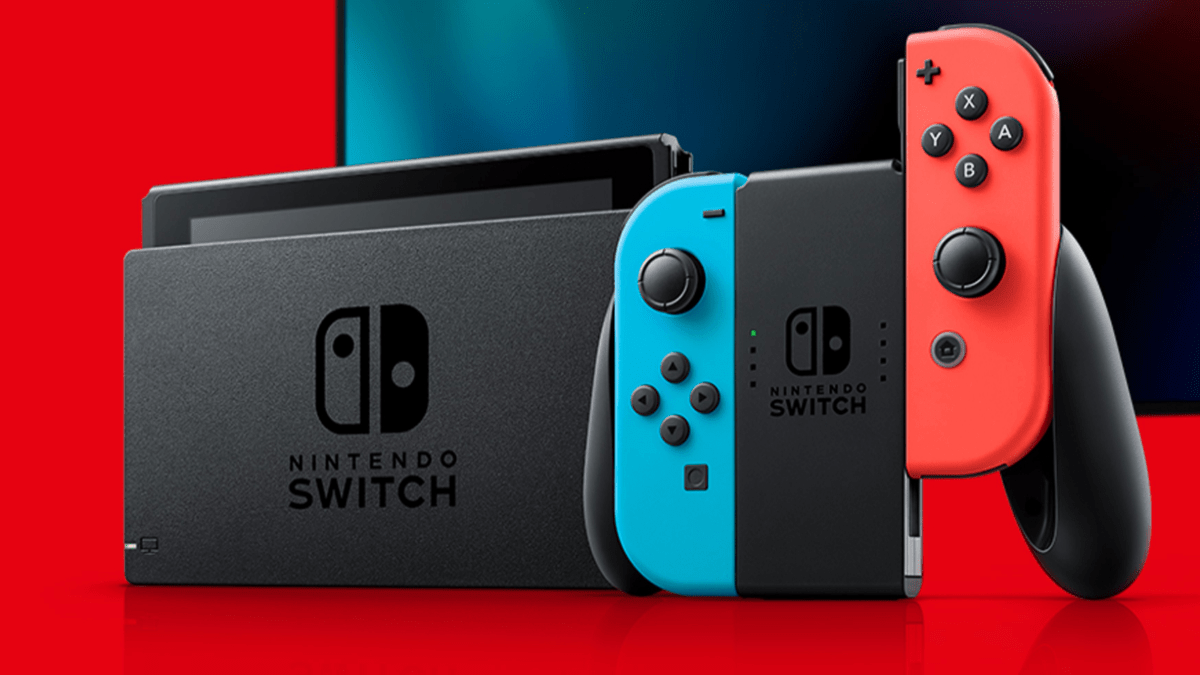
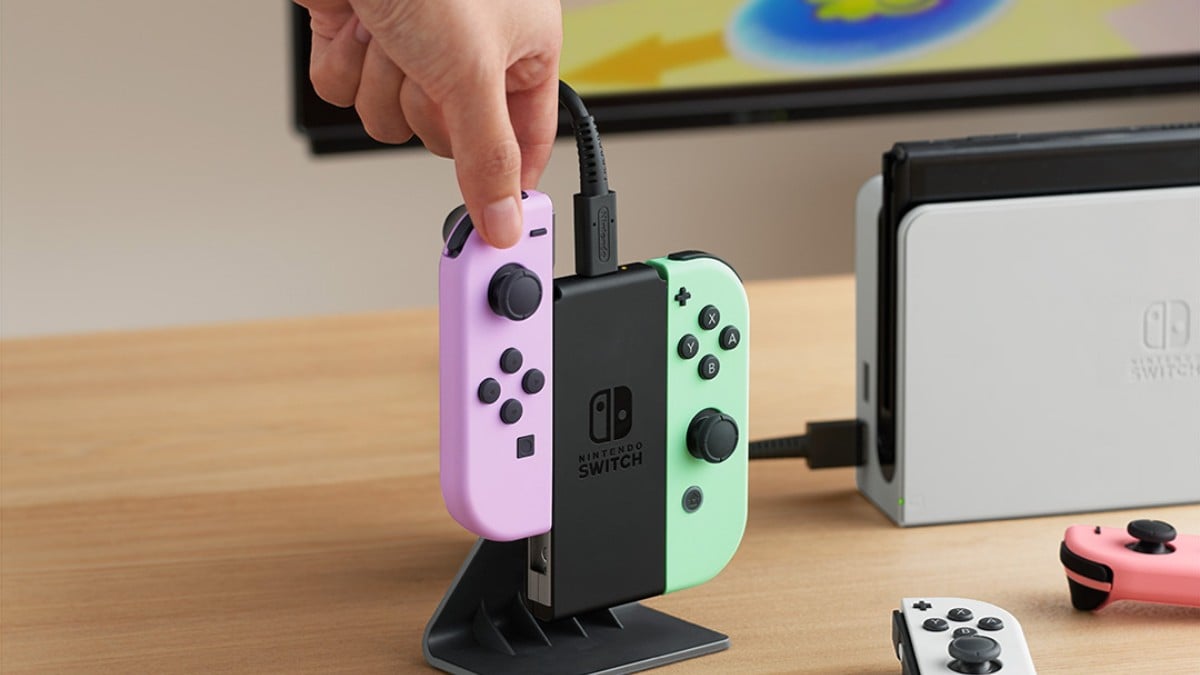
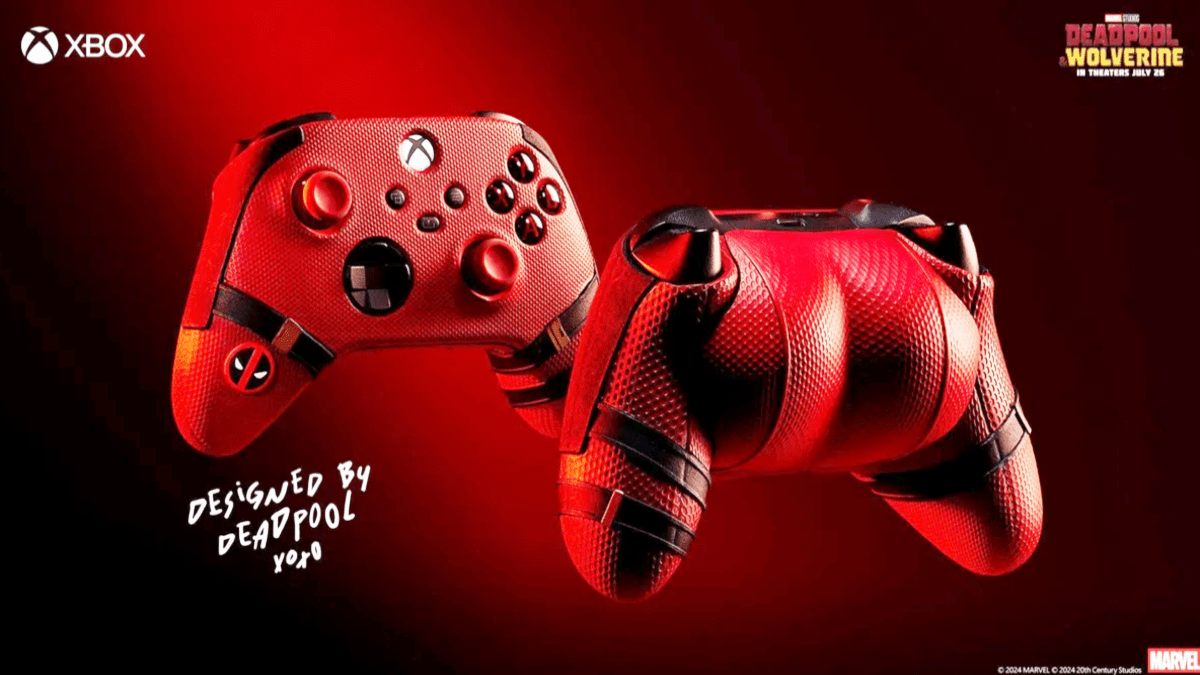
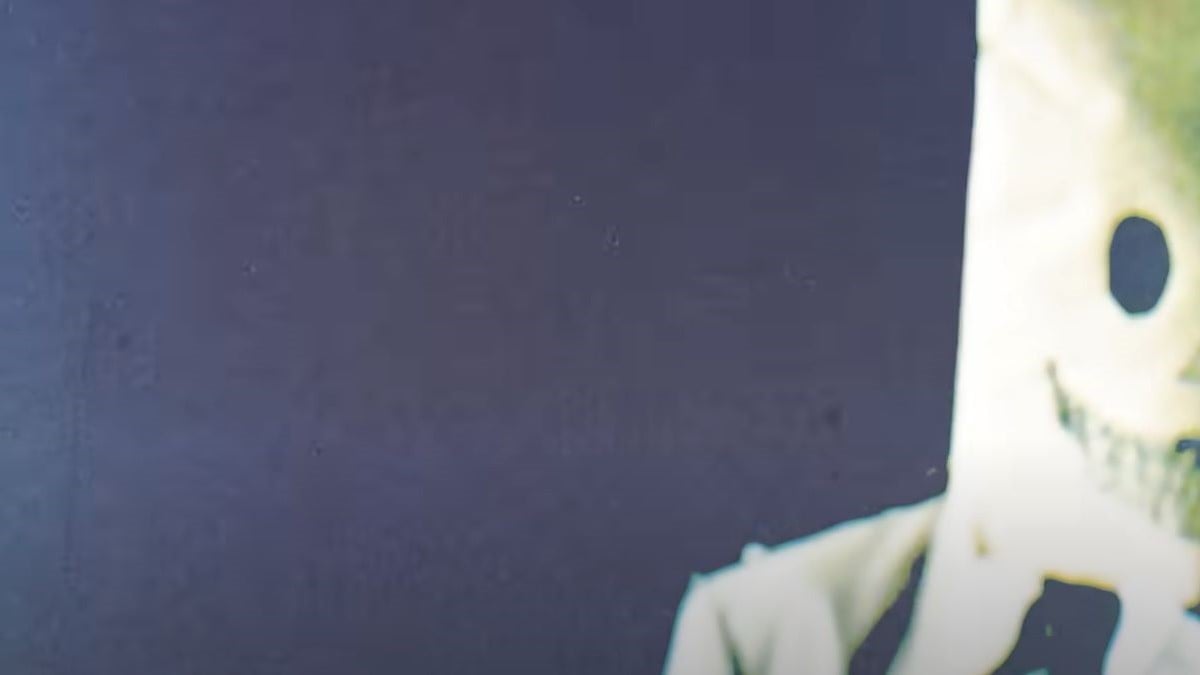
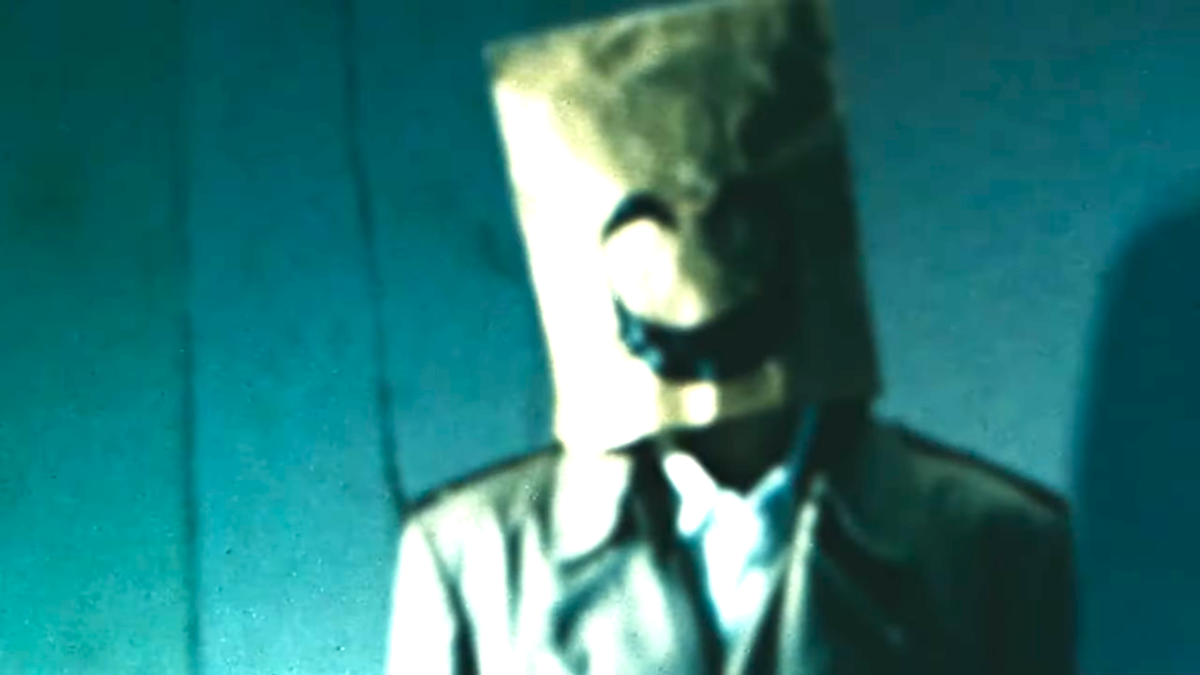
Published: Jun 30, 2022 03:33 pm